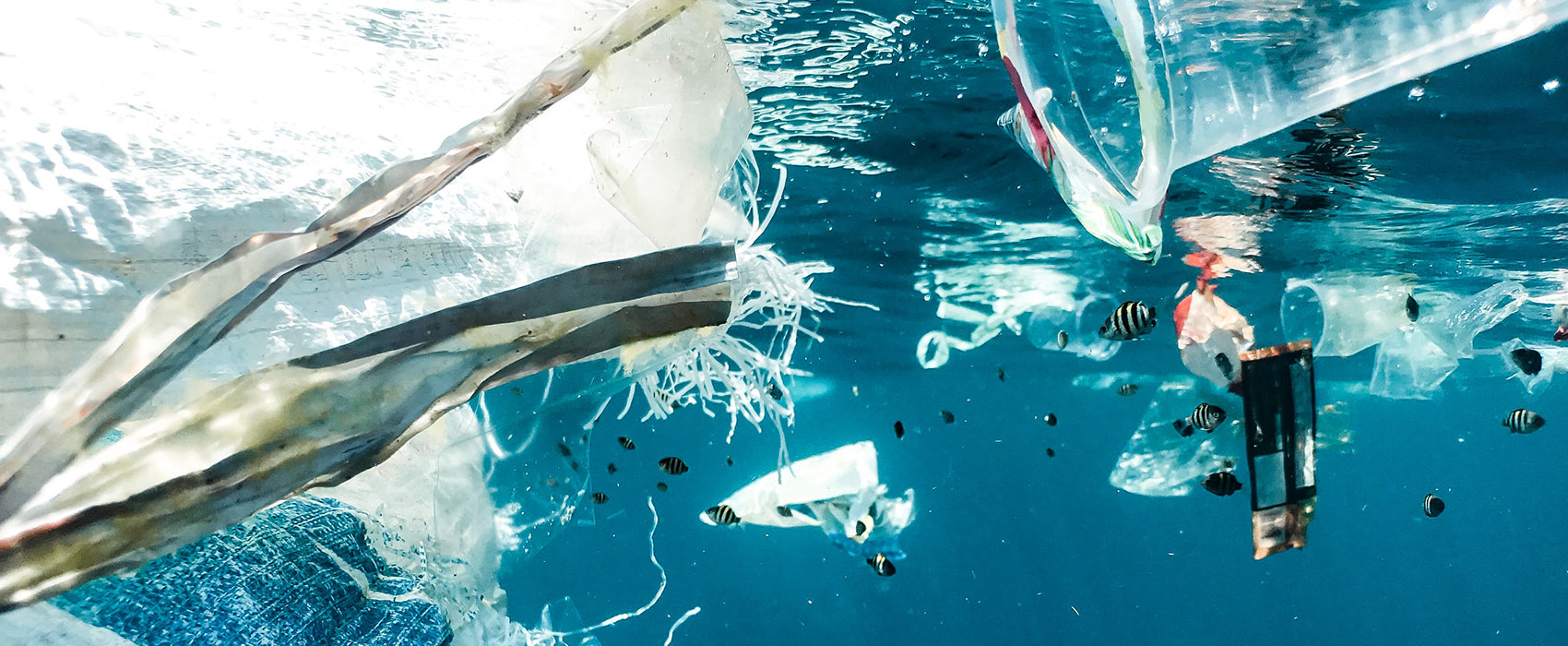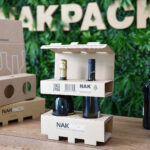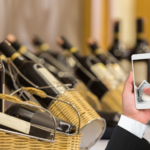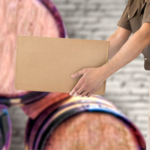Our species dominates the emerged lands. But above and below the liquid surface that covers three quarters of the planet we are still guests. The importance of the oceans reserves an invaluable biodiversity by regulating and determining the entire climate of the planet. The micro-organisms inhabited supply more than half of the oxygen present in the atmosphere. Fish products are the main source of protein for about 3 billion people. For these reasons, what threatens the oceans also threatens us.
Instead of preserving this very important resource, man pours an entire truck loaded with plastic into the sea every minute. For an exorbitant total of 12 million tons in a single year calendar. Continuing at this rate, it has been calculated that by 2050 there may be more plastic than fish in our oceans.
And the research confirms the negative trend: a study published in Nature Communications has shown that in the last 60 years the plastic present in the Atlantic Ocean has literally tripled. Overall, it is estimated that over 150 million tons of plastic are dispersed in the oceans. In fact, around 80% flow from the rivers of China, India and Indonesia, while in Europe contributes it just 0.4% (which in absolute terms is always equivalent to an unsustainable enormity for our planet).
But pollution knows no boundaries. There is plastic everywhere: from protected areas to the deepest sea depths. The ocean currents in fact, transport waste to great distances, causing them to concentrate in some areas of the Pacific (the so-called Pacific Trash Vortex of which we have spoken some time ago). However, we must not imagine these areas as huge islands of rubbish where we can walk. Rather we must imagine them as immense expanses of “plastic soup”, because most of the fragments is not visible to the naked eye.
Microscopic Pitfalls
These tiny fragments are produced as a result of the degradation of plastic objects and are particularly insidious. In fact, if plastic bags and fishing nets can suffocate marine animals, or trap them and kill them, micro particles have a more subtle and less visible effect, as being able to be ingested by the plankton can climb the entire food chain with devastating effects on the environment and human health.
Our Seas
But what is the situation of our seas, of our Mediterranean? Even off our coasts, debris is piling up at comparable levels to oceanic ones. For example, a couple of accumulation areas have been identified off the coast of Liguria and north of Sardinia. The Mediterranean represents 1% of global waters but 7% of microplastics are concentrated there.
How to Fix it?
Change is possible, but it is a question of ethical choice. It must be your radical change of habits. Choose the most possible items (especially if they are disposable or that will serve only once, for example a bottle packaging for the shipment of wine, spirits and olive oil that you have purchased online) that are completely recyclable or compostable. For example, items made of paper and paperboard. The paper is in fact one of the most sustainable products, given that it is produced from renewable resources. It is biodegradable and can also be returned to its original form for use as a renewable energy source. Trees, during their growth, absorb CO2 from the atmosphere. Furthermore, as a product of wood, paper continues to store carbon throughout its entire life cycle.
Nakpack, a Lifestyle Choice
hat’s why, here with Nakpack, we take care of our planet as a real mission. We want to eliminate plastic from our planet as much as possible by replacing it with low environmental impact products. Our wine packaging system for shipping bottles.
Last year we had 4.752.000 bottles traveling, saving the environment more than 114 million grams of CO2. This is because on a classic vehicle our competitors travel only 864 polystyrene wine cellars of 6 bottles each, while we, thanks to the use of transport packaging made of cellulose, less bulky than those in polystyrene, in the same space we travel 3920 packages complete for 6 bottles each.
Angelo Bandinu - CEO NAKURU Tweet
Even if people are aware of problems related to plastic, they don’t think about packaging system in boxes. Today more packages are sent than ever and the protective bottle packaging shipped with them has increased. In fact, plastic packaging accounts for half of the world’s plastic waste.
We offer the alternative, you make your choice
Share this article
Did you like this article? Share it now!





